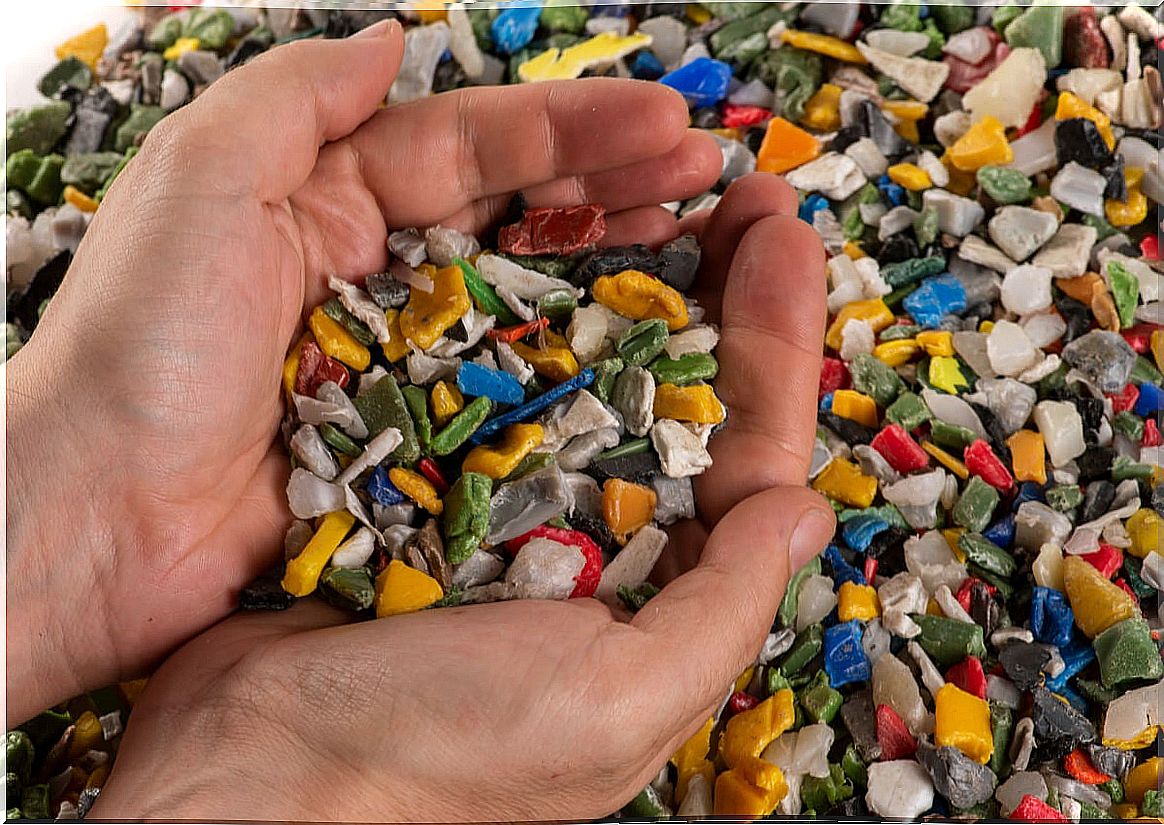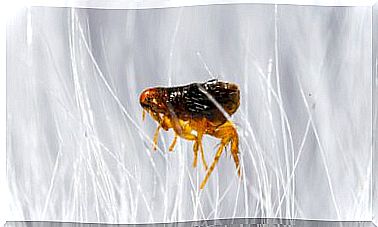What Is Fast Fashion And How Is It Affecting The Environment?
The fashion industry has adapted to different generations and styles, managing to find the way to profitability. Thus, the changes have been remarkable, going from garments of prolonged utility to creations with a validity of a few weeks. This voracious competition for trends gave way to what is known as fast fashion .
To this end, the way of dressing is changing in the direction of the temporary slope, normalizing that the waste is irrepressible. Hence the need to delve into the subject, become aware of the environmental disturbances caused and take a step forward in reducing this evil.
What is fast fashion?
Fast fashion or fast fashion is the generation of new designs at affordable prices that are released for a short period of time. This may refer to runway outfits or the clothing worn by celebrities.
Consequently, fast fashion buried the output of classic clothing depending on the seasons, since only one event that moves masses is necessary to display a line in record time and with prices that adapt to all kinds of consumers.
Fast fashion requirements
The appearance of this fashion took place after fulfilling requirements according to a beneficial productivity. Among the aspects that a company must comply with for accelerated manufacturing at low prices are the following:
- Satisfactory workmanship: cheap labor is a must for low product prices. However, it is clear that “cheap is expensive.”
- Total production responsibility: only companies that have the entire production cycle covered can speed up manufacturing times and offer new garments in just weeks. In other words, vertical integration is a nerve center.
- Market knowledge: fast fashion is only possible through the collection of information about user tastes, which is achieved from social networks and from the opinion of regular buyers.

What negative impacts does it have on the environment?
From the point of view of brands, fast fashion is advertised as a paradise. However, this utopian mood ends when the analysis is altered using the prism of environmental deterioration. Thus, the negative impacts of thread consumerism are as follows.
Carbon footprint increase
The fashion industry uses synthetic fibers in most of its products, which are produced from compounds derived from petroleum. In that order of ideas, clothing that ends up in containers will not go through a natural decomposition process, but incineration, giving way to microfibers that pollute seas and other natural spaces.
At the same time, taking another worrying statistic from the UN Conference on Trade and Development (UNCTAD), the fashion sector is the second most polluting sector in the entire globe. Its carbon dioxide emissions reach approximately 10% worldwide.
Water consumption
The waste of water for the manufacture of clothes is another direct effect on the environment. Calculating the ratio of water consumption for each kilogram of cotton we find that there are 10 thousand liters of the vital liquid that is needed.
On the other hand, to understand the magnitude of the problem, jeans take 3,000 liters of water, while shoes can reach 4,000 liters. In this way, the speed of creation of fast fashion is proportional to the damage of the ecosystem.
Plastic in the oceans
This factor is associated to a greater extent with polyester, since it gives off tiny particles when it is washed at high temperatures. Their last stop is the oceans.
For now, the waters continue to accumulate waste of this type and suffer damage that may be irreparable.

Insufficient recycling
There are no viable reuse options that can help counteract the scale of the problem. The reason is that the production rate is much higher than the recycling process takes. On the other hand, the fabric deteriorates during the reuse cycle, its usefulness being limited.
How can we reduce the impact of fast fashion?
Beyond a change that must be made from the companies, there are also measures that the consumer can take in order to reduce the impact. Some of the most effective are the following:
- Buy thinking about clothes that can last and do not use immediacy as an acquisition alternative.
- Opt to shop for clothing from brands that apply environmentally friendly regulations.
- Wear ecological clothing.
- Before buying new clothes, apply combinations of the options you have in your closet.
- It promotes the circular economy, favoring that the fashion of the past is reused in the future.
- Repeat clothes without complexes as a contribution to the environment.
You can change fast fashion
The final recommendations focus on giving importance to non-renewable resources over any temporary aesthetic benefits that the years, inexorably, leave in oblivion.
The change starts from the consumer and has as a consequence the response of the companies, since they move according to supply and demand. In short, the next time you buy a fabric, do not notice the showiness of its colors and designs as the first factor, but rather the loss of natural reserves.









